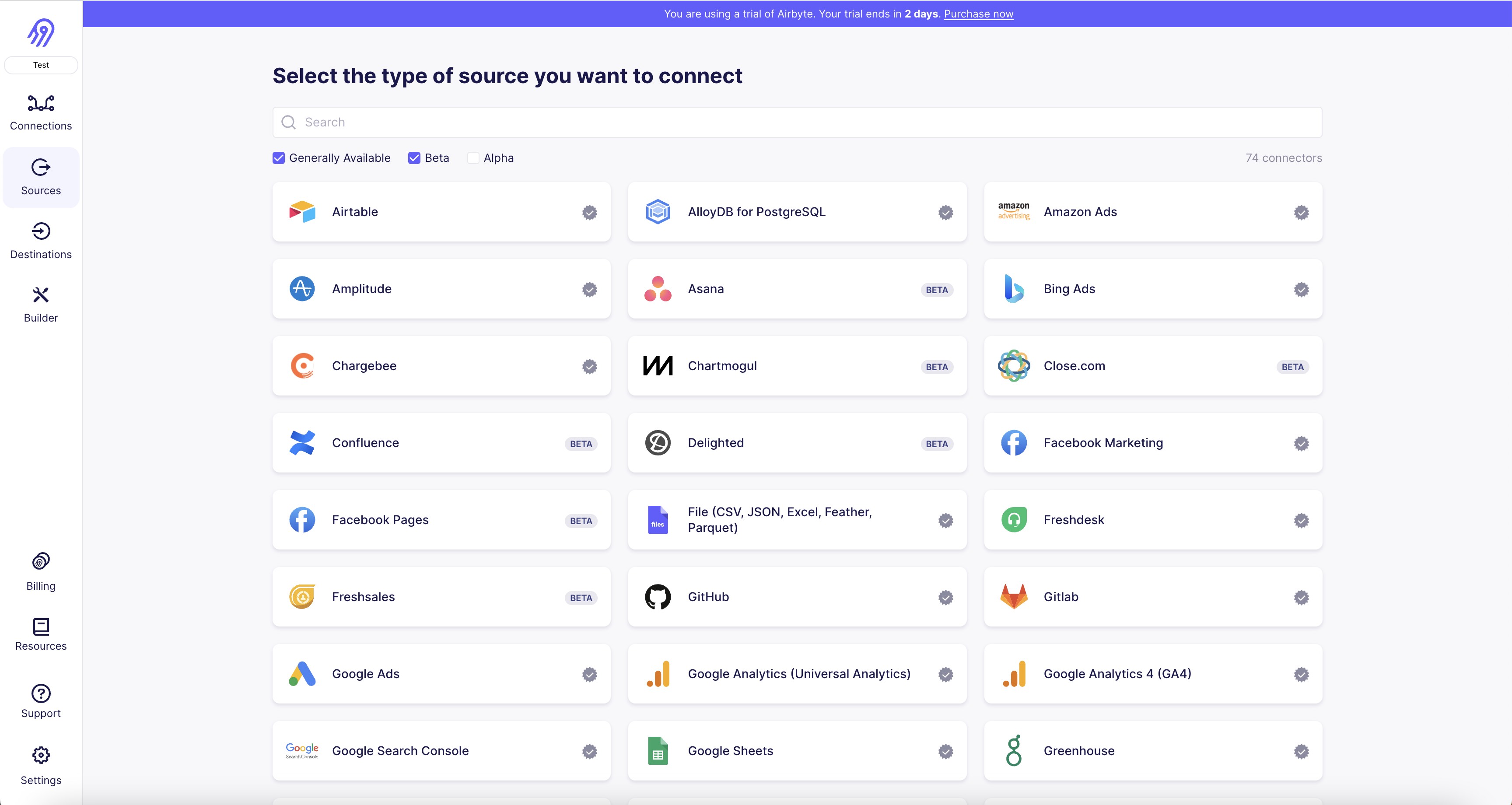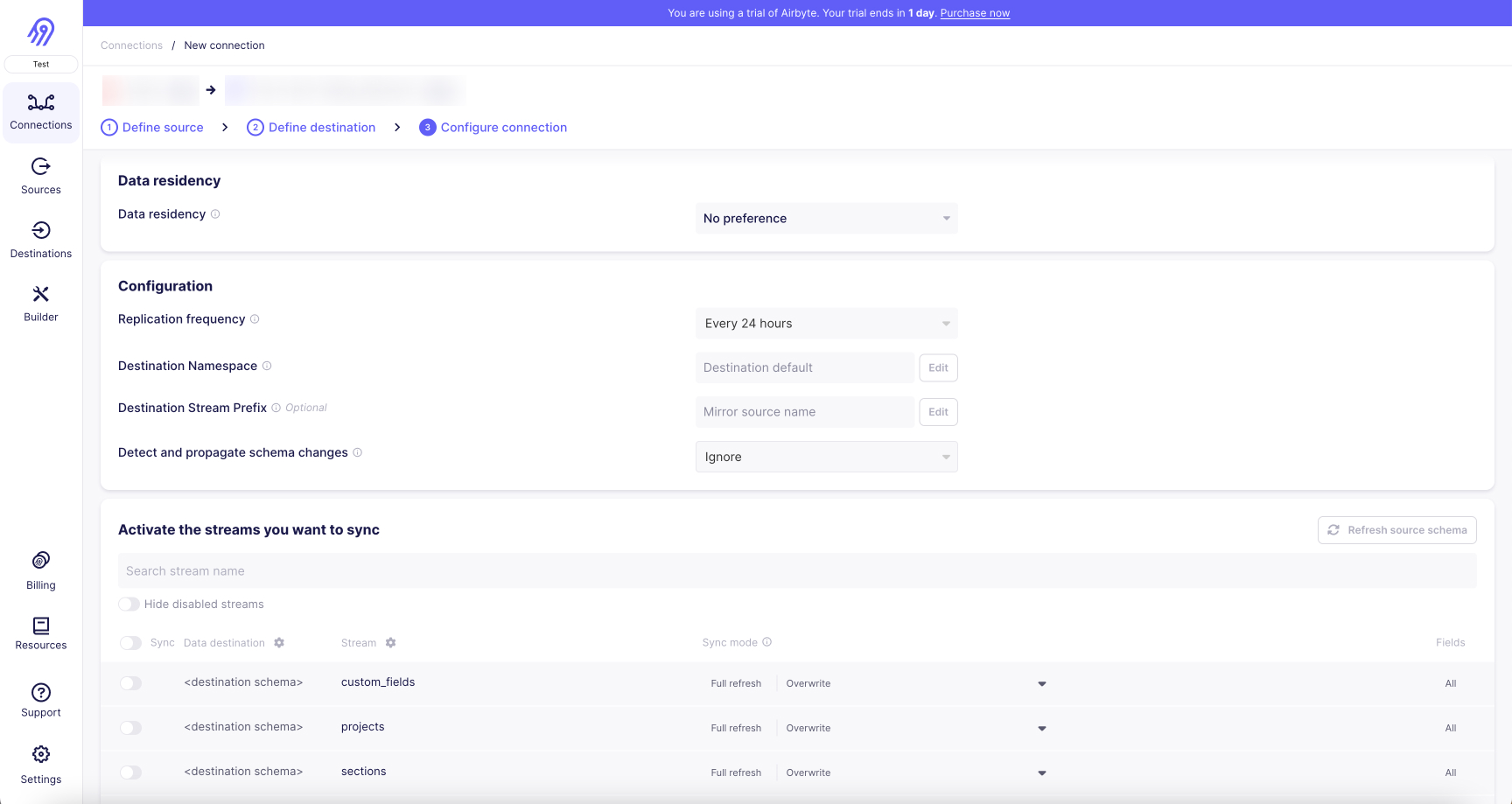Salesloft is a comprehensive sales engagement platform designed to help sales teams streamline their prospecting, communication, and pipeline management processes. It provides a centralized hub for sales professionals to execute targeted outreach campaigns, track email opens and clicks, schedule meetings, and manage their sales cadences. One of its key strengths is its ability to integrate with various other tools, amplifying its capabilities. Salesloft can connect with popular CRM systems like Salesforce, HubSpot, and Microsoft Dynamics, enabling seamless data synchronization and centralized contact management.
Cumul.io is a cloud-based data visualization platform that allows businesses to create interactive dashboards and reports. It enables users to connect to various data sources, including databases, spreadsheets, and APIs, and visualize the data in real-time. The platform offers a drag-and-drop interface that makes it easy to create custom dashboards and reports without any coding skills. Users can also embed the dashboards and reports into their own applications or websites. Cumul.io provides a range of features, including data filtering, drill-down capabilities, and collaboration tools, making it a powerful tool for data analysis and decision-making.

1. First, navigate to the Airbyte dashboard and click on "Sources" in the left-hand menu.
2. Click on "New Source" and select "Customer.io" from the list of available connectors.
3. Enter a name for your source and click "Next".
4. Enter your Customer.io API key and site ID in the appropriate fields. You can find your API key and site ID in your Customer.io account settings.
5. Click "Test Connection" to ensure that your credentials are correct and that Airbyte can connect to your Customer.io account.
6. Once the connection is successful, click "Create Source" to save your settings.
7. You can now configure your sync settings and schedule for your Customer.io source in the Airbyte dashboard.
8. To view your data, navigate to the "Connections" tab and click on your Customer.io source. You can then view your data in the "Overview" and "Schema" tabs.

1. First, navigate to the Cumul.io destination connector on Airbyte's website.
2. Click on the "Get Started" button to begin the setup process.
3. Enter your Cumul.io API key and secret key in the appropriate fields.
4. Next, select the data source you want to connect to Cumul.io from the list of available sources.
5. Follow the prompts to configure the data source settings, such as selecting the tables or fields you want to sync.
6. Once you have configured the data source settings, click on the "Test" button to ensure that the connection is working properly.
7. If the test is successful, click on the "Save" button to save your configuration settings.
8. You can now start syncing data from your selected data source to Cumul.io by clicking on the "Sync Now" button.
9. You can also schedule regular syncs by setting up a sync frequency in the connector settings.
10. Congratulations! You have successfully connected your Cumul.io destination connector on Airbyte and can now start visualizing your data in Cumul.io.

With Airbyte, creating data pipelines take minutes, and the data integration possibilities are endless. Airbyte supports the largest catalog of API tools, databases, and files, among other sources. Airbyte's connectors are open-source, so you can add any custom objects to the connector, or even build a new connector from scratch without any local dev environment or any data engineer within 10 minutes with the no-code connector builder.
We look forward to seeing you make use of it! We invite you to join the conversation on our community Slack Channel, or sign up for our newsletter. You should also check out other Airbyte tutorials, and Airbyte’s content hub!
What should you do next?
Hope you enjoyed the reading. Here are the 3 ways we can help you in your data journey:



What should you do next?
Hope you enjoyed the reading. Here are the 3 ways we can help you in your data journey:



Should you build or buy your data pipelines?
Download our free guide and discover the best approach for your needs, whether it's building your ELT solution in-house or opting for Airbyte Open Source or Airbyte Cloud.

Ready to get started?
Frequently Asked Questions
Customer.io's API provides access to a wide range of data related to customer behavior and interactions with a business. The following are the categories of data that can be accessed through the API:
1. Customer data: This includes information about individual customers, such as their name, email address, and other demographic information.
2. Behavioral data: This includes data related to how customers interact with a business, such as their website activity, email opens and clicks, and other engagement metrics.
3. Campaign data: This includes data related to specific marketing campaigns, such as the number of emails sent, open rates, click-through rates, and conversion rates.
4. Segmentation data: This includes data related to how customers are segmented based on various criteria, such as their behavior, demographics, and interests.
5. A/B testing data: This includes data related to A/B tests conducted on various marketing campaigns, such as the performance of different subject lines, email content, and calls to action.
6. Revenue data: This includes data related to the revenue generated by specific campaigns or customer segments, as well as overall revenue trends over time.
